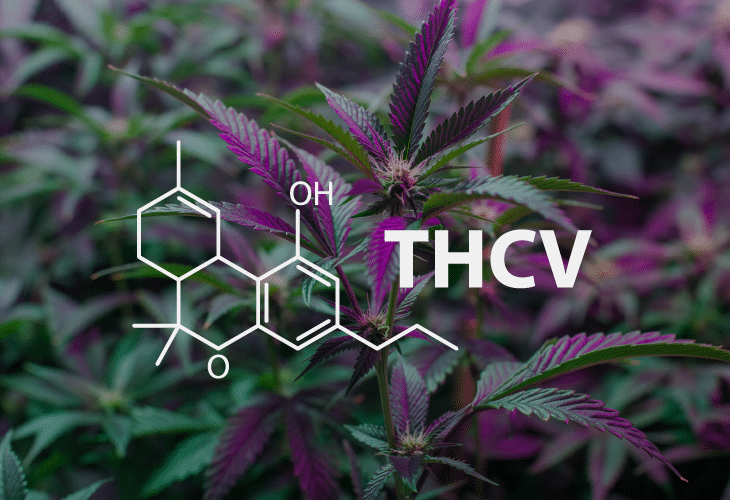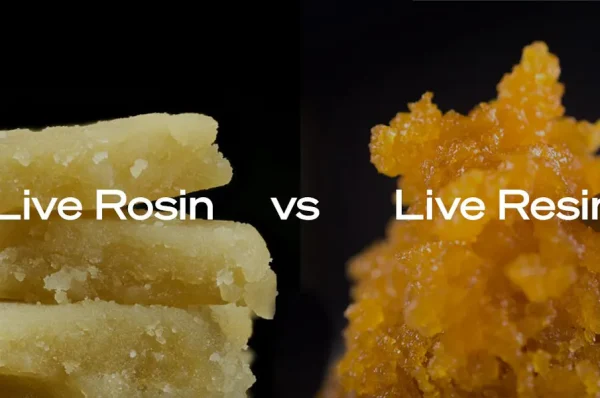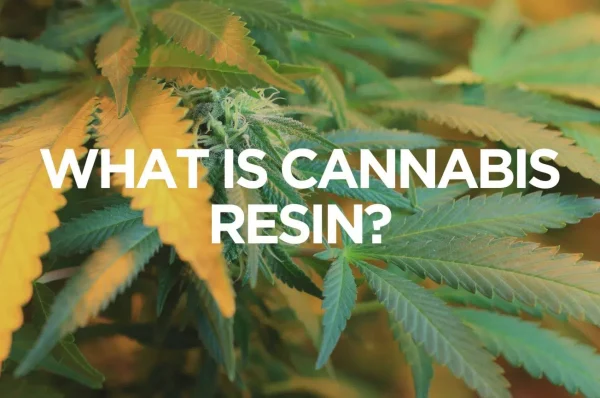Unlocking the Potential: Extraction and Benefits of THCv from Hemp Biomass
In the evolving landscape of cannabinoid research and development, Tetrahydrocannabivarin (THCv) has emerged as a compound of significant interest due to its unique properties and potential health benefits. Derived from hemp biomass, THCv is a homologue of Tetrahydrocannabinol (THC), the primary psychoactive component of cannabis. However, THCv is distinct in its effects and benefits. This blog post explores the extraction process of THCv from hemp biomass, its health-related benefits, and the consumption methods, as well as the genetics and cultivation practices aimed at enhancing THCv content in hemp strains.
Extraction of THCv from Hemp Biomass
The extraction of THCv from hemp biomass is a meticulous process that ensures the purity and potency of the final product. It begins with the selection of high-quality hemp strains known for their rich THCv content. The process typically involves the following steps:
- Biomass Preparation: Hemp biomass is harvested, dried, and ground into a fine consistency to maximize the surface area for extraction.
- Solvent Extraction: The ground biomass is then subjected to solvent extraction. Common solvents include ethanol, CO2, and hydrocarbons like butane or propane. These solvents are effective in dissolving cannabinoids, including THCv, from the plant material.
- Winterization and Filtration: The crude extract is further refined to remove fats, waxes, and chlorophyll, resulting in a purer cannabinoid profile. This is achieved through winterization (cooling the extract to separate impurities) followed by filtration.
- Distillation: To isolate THCv, the extract undergoes distillation, where heat and vacuum are applied to separate compounds based on their boiling points. THCv is collected as a distinct fraction during this process.
- Purification: Additional purification methods, such as chromatography, may be used to further refine the THCv extract, ensuring high purity and potency.
Health-Related Benefits of THCv
THCv is garnering attention for its potential therapeutic effects, which differ notably from those of THC. Some of the reported health-related benefits include:
- Appetite Suppression: Unlike THC, which is known to stimulate appetite, THCv has shown potential in suppressing appetite, making it a subject of interest in weight management and obesity treatment.
- Blood Sugar Regulation: Preliminary research indicates that THCv may help in regulating blood sugar levels, suggesting potential benefits for individuals with diabetes.
- Bone Growth Stimulation: THCv is believed to promote bone growth and may be beneficial in treating conditions such as osteoporosis.
- Anxiety Reduction: THCv appears to exhibit anxiolytic effects, reducing panic attacks without suppressing emotion, beneficial for patients with PTSD and other anxiety-related disorders.
- Neuroprotective Properties: Early studies suggest that THCv may have neuroprotective benefits, offering potential therapeutic avenues for diseases such as Parkinson’s and Alzheimer’s.
Consumption Methods of THCv
THCv can be consumed in various forms, catering to different preferences and needs:
- Edibles: THCv-infused edibles offer a discreet and convenient way to consume the compound, with effects that are longer-lasting though delayed in onset.
- Smoking Flower: Some hemp strains are specifically cultivated to have higher levels of THCv. Smoking these flowers provides immediate effects, beneficial for individuals seeking quick relief.
- Topical Creams and Lotions: THCv-infused topicals are applied directly to the skin, offering localized relief for inflammation, pain, or skin conditions without psychoactive effects.
- Tinctures: THCv tinctures are administered sublingually, ensuring rapid absorption and fast-acting effects, suitable for those needing immediate relief.
Hemp Strains and Genetics for High THCv Content
The cultivation of hemp strains with high THCv content is a focal point for growers and breeders. Selective breeding, genetic modification, and optimal cultivation practices are employed to enhance the THCv content in hemp plants. Strains like Doug’s Varin, Pineapple Purps, and Durban Poison are known for their naturally higher levels of THCv.
Growers are also focusing on factors such as lighting, nutrients, and harvest time to maximize the THCv yield from their plants. Advanced genetic sequencing and manipulation techniques are paving the way for the creation of novel hemp strains with customized cannabinoid profiles, tailored for specific therapeutic or recreational needs.
Conclusion
The extraction and utilization of THCv from hemp biomass present a promising frontier in the realm of cannabinoid research and therapy. With its distinctive health-related benefits and versatile consumption methods, THCv offers a unique addition to the cannabinoid spectrum. As research progresses and cultivation techniques advance, the potential of THCv continues to unfold, promising new avenues for health, wellness, and industry innovation.




